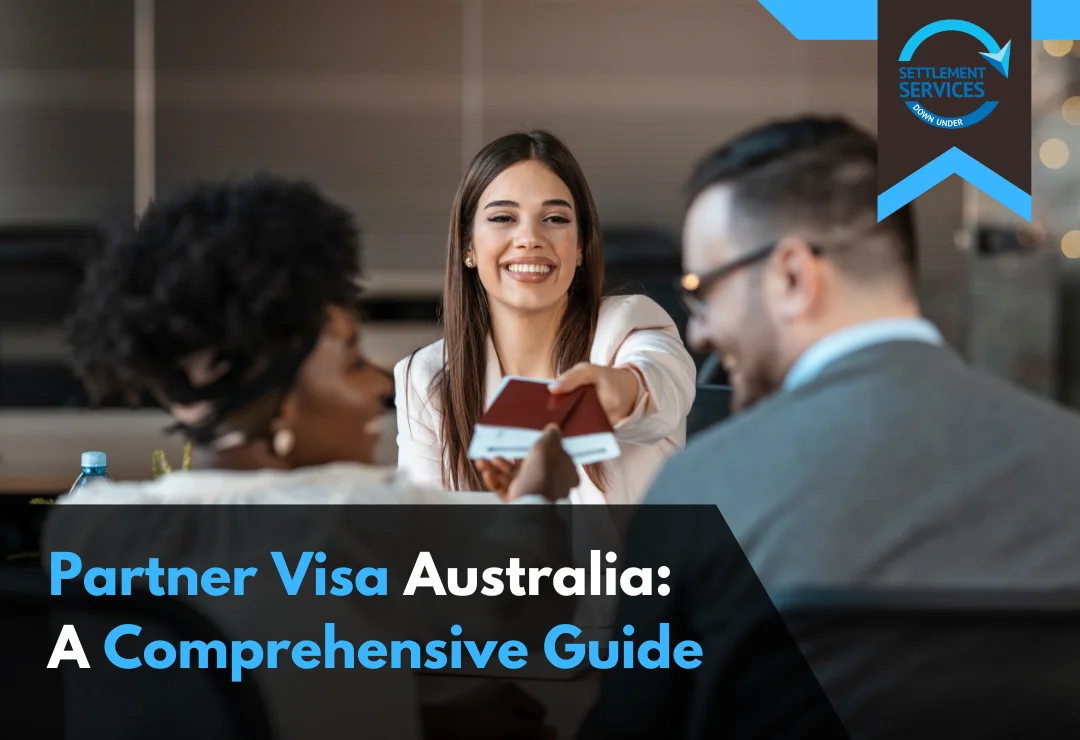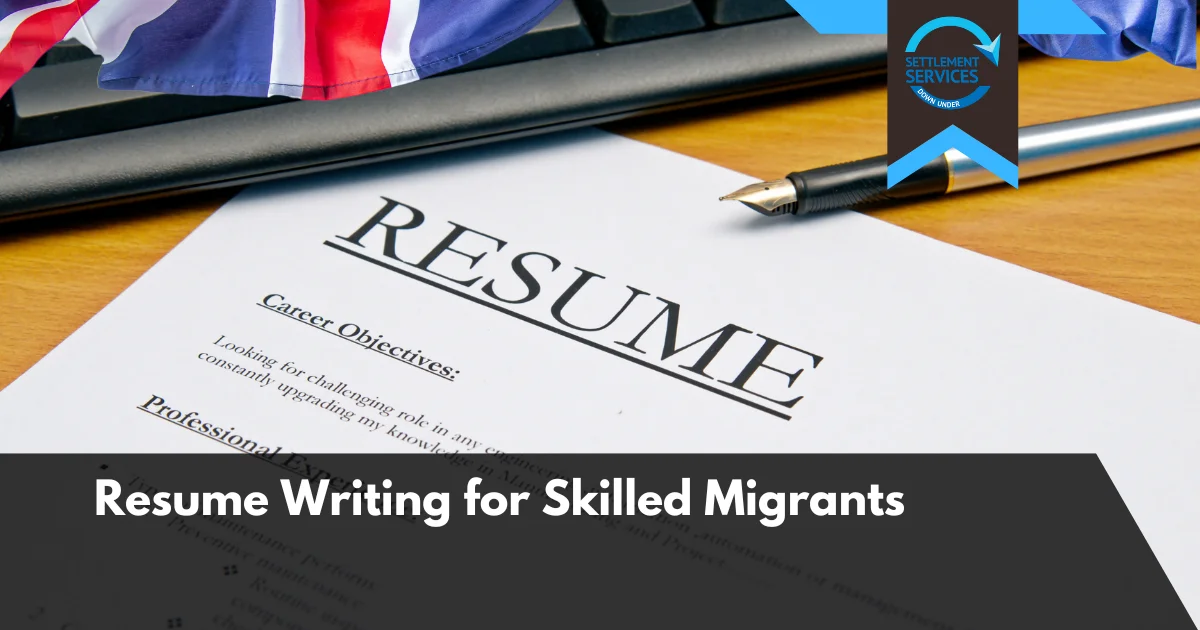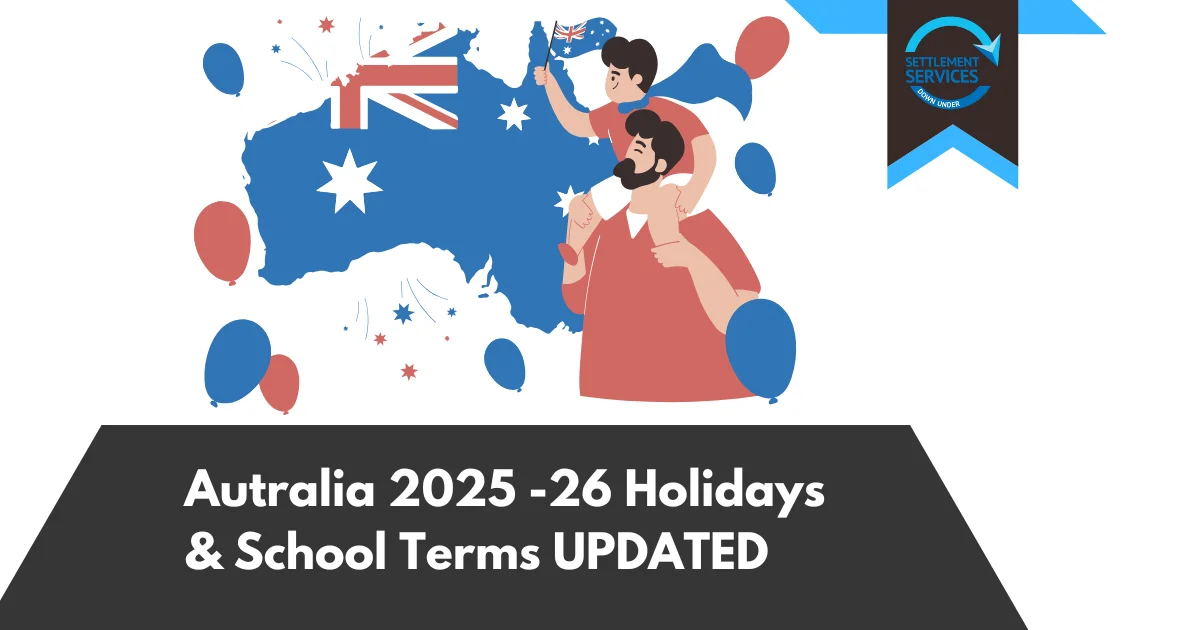What is a Partner Visa?
A Partner Visa allows the spouse or de facto partner of an Australian citizen, permanent resident, or eligible New Zealand citizen to migrate to Australia. It enables couples to live together in Australia while the visa application is processed. This visa is crucial for those seeking to reunite with their partners and start a life in Australia.
Types of Partner Visas
Australia offers two main partner visas:
Temporary Partner Visa (Subclass 820): This visa allows the partner to stay temporarily in Australia while awaiting the decision on their permanent partner visa.
Permanent Partner Visa (Subclass 801): Once you hold the temporary 820 visa for a certain period, typically two years, you may apply for the permanent partner visa (Subclass 801), which allows you to live permanently in Australia.
Also Read: Skilled Occupation List (SOL) in Australia
Sponsorship for a Partner to Migrate to Australia
One of the essential components of applying for a Partner Visa in Australia is the sponsorship. The sponsor, who must be an Australian citizen, permanent resident, or eligible New Zealand citizen, plays a crucial role in the visa process.
Whether you’re applying for a Marriage Visa or a Spouse Visa, the Australian partner must legally sponsor the visa applicant. This involves financial, legal, and moral commitments that include providing for the applicant’s basic needs (such as accommodation and financial support) during the visa application process and sometimes beyond, depending on the visa type and specific circumstances.
Marriage Visa vs. Spouse Visa: What’s the Difference?
- Marriage Visa (Prospective Marriage Visa – Subclass 300)
A Marriage Visa, often referred to as a Prospective Marriage Visa (Subclass 300), is designed for couples who are engaged but not yet married. It allows the non-Australian partner to come to Australia with the intention of getting married within a specified period (usually nine months). Once married, the couple can then apply for a partner visa for the non-Australian spouse.- Key points about the Marriage Visa:
- It’s a temporary visa.
- The couple must marry within 9 months of the visa grant.
- Once married, the partner can apply for a temporary or permanent partner visa.
- The sponsor must financially support the visa holder during the visa duration.
- Key points about the Marriage Visa:
- Spouse Visa (Partner Visa – Subclass 820/801)
The Spouse Visa, also known as a Partner Visa (Subclass 820/801), is for couples who are either already married or in a de facto relationship. This visa is available to spouses and de facto partners of Australian citizens or permanent residents. The spouse visa allows the non-Australian partner to live, work, and study in Australia.- Key points about the Spouse Visa:
- It can be applied for either onshore (while the applicant is in Australia) or offshore.
- If applying onshore, the applicant will usually be granted a Bridging Visa to stay in Australia while awaiting a decision.
- The applicant is first granted a temporary visa (Subclass 820) and, after two years, can apply for the permanent visa (Subclass 801) as long as the relationship is ongoing.
- The sponsor must provide ongoing financial support, particularly during the temporary visa period.
- Key points about the Spouse Visa:
Sponsorship Responsibilities
As the sponsor, the Australian partner agrees to:
- Provide financial assistance for the visa holder during the processing period and for at least two years after the visa is granted.
- Ensure that the visa applicant has adequate accommodation and financial support to meet their daily living expenses.
- The sponsor must be 18 years or older and have no significant criminal convictions, particularly related to domestic violence.
Sponsorship is a significant legal responsibility. The Australian government will evaluate the sponsor’s ability to support the applicant, and the sponsor must meet certain criteria to ensure they can provide for their partner’s needs.
Proof of Relationship for Marriage or Spouse Visa
To support the visa application, the couple must provide evidence that their relationship is genuine and ongoing. This can include:
- A marriage certificate (for the spouse visa if already married) or documentation showing the intent to marry (for the marriage visa).
- Proof of shared financial responsibilities, such as joint bank accounts, utility bills, or property ownership.
- Photos, correspondence, and statements from friends or family members confirming the relationship.
- Evidence of living together or maintaining regular contact if living apart due to distance.
The Marriage Visa is a pathway for engaged couples to enter Australia, marry, and apply for a permanent partner visa. On the other hand, the Spouse Visa is for couples already married or in long-term de facto relationships, offering a direct path to permanent residency.
Dependent Visa Requirements for Australia
To apply for a dependent partner visa, applicants must fulfill specific criteria:
- Proof of a genuine, continuing relationship.
- Shared finances or life, such as joint bank accounts, rental agreements, or photographs together.
- The Australian partner must be an eligible sponsor (citizen, permanent resident, or eligible New Zealand citizen).
- Applicants must also meet health and character requirements.
Bridging Visa for Partner Visa Applicants
When you submit your application for a partner visa, you will typically be granted a Bridging Visa. This allows you to stay in Australia legally while your partner visa application is being processed.
Also Read: Requirements and Checklist for Moving to Australia
What Happens After the 820 Visa is Granted?
After your 820 visa is granted, you will have temporary residency in Australia. You will be able to live, work, and study while awaiting the outcome of your permanent 801 partner visa application, which you can usually apply for after two years.
What Documents Do You Need for a Spouse Visa?
For a spouse visa application, you will need to provide several documents, including:
- Proof of identity (passport, birth certificate).
- Evidence of your relationship (marriage certificate, photos, joint accounts).
- Health checks and police clearances.
820 Visa Processing Time
The 820 visa processing time can vary depending on individual circumstances, but it generally takes between 12 to 24 months.
FAQs About Partner Visa in Australia
1. What is the eligibility for a Partner Visa in Australia?
To be eligible, you must be in a genuine and ongoing relationship with an Australian citizen, permanent resident, or eligible New Zealand citizen. This applies to both married couples and de facto partners. You must also meet health, character, and relationship evidence requirements.
2. Can I apply for a Partner Visa if I am in a long-distance relationship?
Yes, but you will need to provide substantial evidence that your relationship is genuine and continuing, even if you have been living apart. Communication records, visits, and plans to live together will strengthen your application.
3. Can I include my children in the Partner Visa application?
Yes, you can include dependent children in your application. You will need to provide birth certificates and other documents to prove your relationship with the children.
4. How long does it take to move from a temporary to a permanent partner visa?
Typically, it takes around two years after your Subclass 820 (temporary partner visa) is granted before you can apply for the Subclass 801 (permanent partner visa), provided your relationship is still ongoing.
5. Do I need to be in Australia to apply for a Partner Visa?
No, you can apply for a partner visa both onshore (within Australia) and offshore (outside Australia). If you apply onshore, you will usually be granted a Bridging Visa to stay in Australia while your application is processed.
6. What happens if my relationship ends while my Partner Visa is being processed?
If your relationship ends before your permanent Subclass 801 visa is granted, your visa could be canceled. However, there are exceptions, such as if the relationship ends due to domestic violence or the death of your partner, in which case you may still be eligible for permanent residency.
7. Can I work while holding a temporary Partner Visa (Subclass 820)?
Yes, the Subclass 820 visa allows you to live, work, and study in Australia while your permanent partner visa is processed.
8. Is there an interview process for a Partner Visa?
Yes, in some cases, applicants may be asked to attend an interview with the Department of Home Affairs. This interview is to confirm the authenticity of the relationship.
9. Can I travel outside Australia while my Partner Visa is being processed?
If you are on a Bridging Visa while awaiting your partner visa outcome, you will need to apply for Bridging Visa B to travel overseas temporarily. The Subclass 820 visa allows for travel in and out of Australia once granted.
10. How can I strengthen my Partner Visa application?
Providing extensive evidence of your relationship is key. This includes joint financial records, social photos, travel history, correspondence, statements from friends and family, and proof of living arrangements. Keeping your documentation up-to-date and ensuring it’s well-organized will also help.







